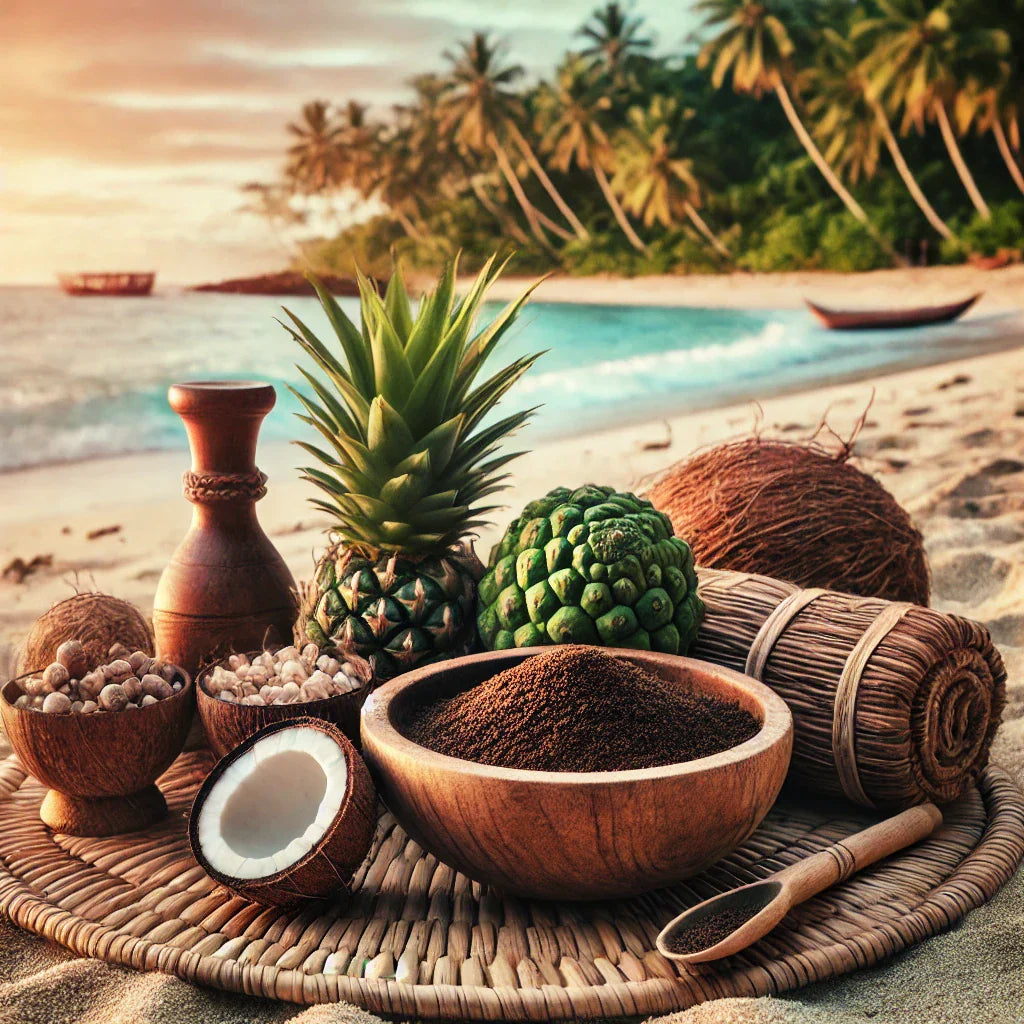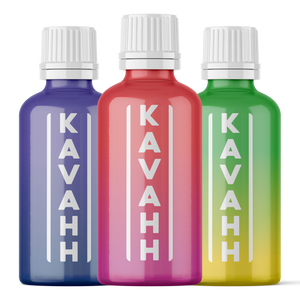
What is Kava Kava? Exploring an Ancient Botanical Treasure
Share
Imagine a plant so deeply woven into cultural traditions that it has served as a social lubricant, a medicinal remedy, and a spiritual connector for generations of Pacific Island communities. This is kava kava—a remarkable botanical with a rich history and complex cultural significance.
Origins and Cultural Roots
Kava kava, scientifically known as Piper methysticum, is not just a plant—it's a living testament to the botanical wisdom of Polynesian, Melanesian, and Micronesian cultures. Originating in the South Pacific islands like Fiji, Vanuatu, Tonga, and Hawaii, this plant has been a cornerstone of social and ceremonial life for thousands of years.
More Than Just a Plant
In traditional societies, kava was never merely a substance. It was a social ritual, a diplomatic tool, and a means of community connection. Imagine gatherings where complex discussions were had, conflicts resolved, and community bonds strengthened—all centered around the preparation and sharing of kava.
Botanical Characteristics
Kava is a shrub-like plant that thrives in tropical climates. Unlike many medicinal plants, it's the root that holds the most significant properties. Indigenous communities would carefully harvest, dry, and prepare these roots through intricate processes passed down through generations.
Preparation: A Cultural Art Form
Traditional kava preparation is almost a ceremonial performance:
- Roots are carefully selected and cleaned
- Often ground or chewed to release active compounds
- Mixed with water to create a distinctive beverage
- Served in communal settings, often in coconut shells or specially designed bowls
Traditional Uses and Significance
In Pacific Island cultures, kava served multiple profound purposes:
Social Contexts
- Facilitating community meetings
- Marking important negotiations
- Welcoming guests
- Celebrating significant life events
Wellness Approaches
- Supporting relaxation
- Easing social interactions
- Creating space for thoughtful communication
- Promoting a sense of communal harmony
Modern Understanding and Perspectives
While modern science continues to explore kava's potential, it's crucial to approach this botanical with respect for its cultural origins. Kava isn't just a supplement—it's a living cultural practice that has been carefully maintained by indigenous communities for centuries.
Respect and Responsibility
As kava gains global recognition, it's important to:
- Understand its deep cultural roots
- Support ethical sourcing
- Recognize the knowledge of indigenous communities
- Approach its use with cultural sensitivity
Contemporary Exploration
Today, kava is appreciated worldwide for its potential to:
- Support relaxation
- Ease social interactions
- Provide a natural approach to managing daily stress
- Offer an alternative to artificial relaxation methods
A Holistic Perspective
Kava kava represents more than a botanical extract. It's a bridge between traditional wisdom and modern wellness approaches—a reminder that healing and connection often come from understanding, not just consumption.
Disclaimer: These statements have not been evaluated by the FDA. This product is not intended to diagnose, treat, cure, or prevent any disease.
Understanding kava is a journey of cultural appreciation, botanical wonder, and holistic wellness.

